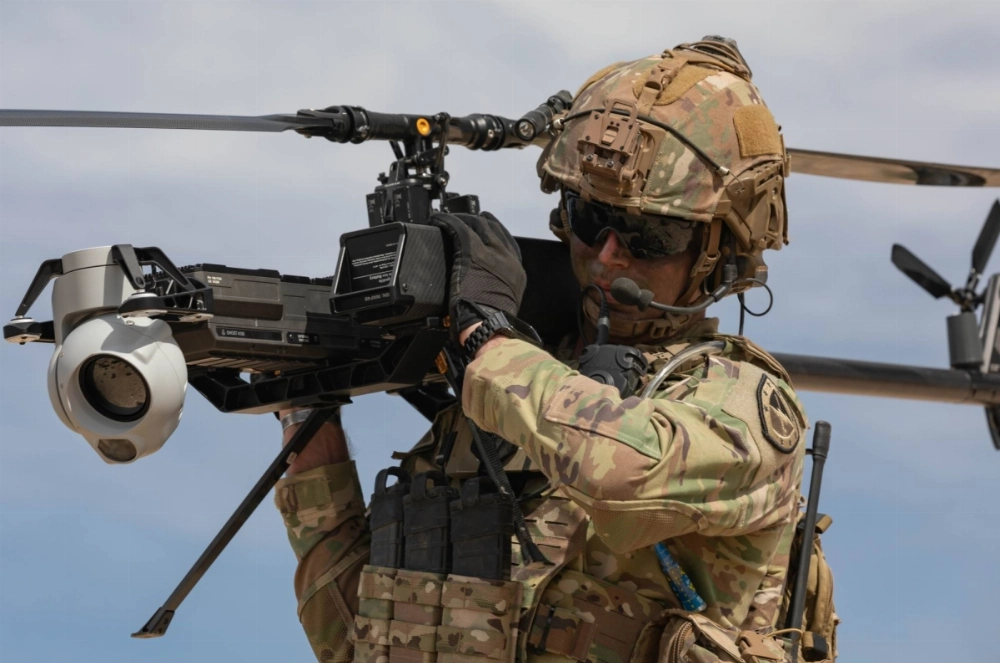The Pentagon has revealed a new batch of low-cost, uncrewed weapons systems it plans to field from August next year under its Replicator program to help offset China’s military advantage in personnel and manned equipment and deter a potential invasion of Taiwan.
Included in the second tranche of the initiative are several aerial systems — including drones, loitering munitions and prototypes — that are already either on contract with or under development for the U.S. military.
Among the systems are two from the U.S. Army’s company-level small unmanned aerial system program — Anduril Industries’ Ghost-X and Performance Drone Works’ C100.

















With your current subscription plan you can comment on stories. However, before writing your first comment, please create a display name in the Profile section of your subscriber account page.